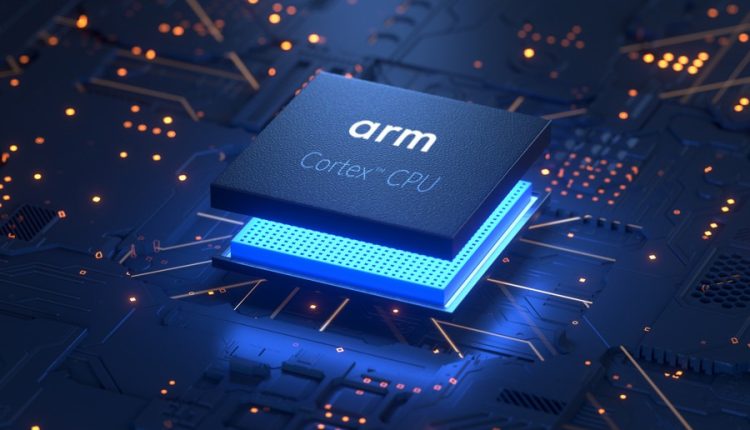Mobile processors have come a long way since the early days of smartphones. Over the past decade, we’ve witnessed remarkable advancements in both the speed and efficiency of these tiny computing powerhouses. In this article, we will delve into the evolution of mobile processors, exploring the key milestones and innovations that have shaped their development. From single-core processors to the dawn of AI-powered chips, we’ll uncover the fascinating journey of mobile processors.
From Humble Beginnings to Multicore Marvels
Single-Core Era (2000s)
In the early 2000s, mobile processors were rudimentary, often featuring single-core architectures with clock speeds measured in megahertz. These processors struggled to handle the demands of basic tasks like web browsing and simple apps.
Emergence of Dual-Core (2010s)
The 2010s marked a significant shift as dual-core processors entered the scene. This allowed for smoother multitasking and improved overall performance. Manufacturers like Qualcomm and Apple led the way with their Snapdragon and A-series chips, respectively.
The Quad-Core Revolution
The quad-core era saw a remarkable boost in processing power, making tasks like gaming and video editing on mobile devices more feasible. Samsung’s Exynos and MediaTek’s Helio series processors added to the competition, driving innovation in this space.
Efficiency Takes Center Stage
Shrinking Nanometers
One of the most pivotal developments in mobile processor technology was the shrinking of the manufacturing process. Moving from 45nm to 7nm and even 5nm processes dramatically improved energy efficiency, enabling longer battery life and reducing heat generation.
Big.LITTLE Architecture
ARM’s Big.LITTLE architecture introduced a combination of high-performance cores and power-efficient cores. This innovation allowed devices to balance performance and energy consumption, optimizing tasks for better efficiency.
AI-Powered Processors: A Game Changer
Machine Learning and Neural Processing Units
The integration of dedicated AI hardware in mobile processors brought about a paradigm shift. Neural Processing Units (NPUs) and Machine Learning Processing Units (MLPUs) enabled tasks like facial recognition, voice recognition, and image processing to be handled with remarkable speed and accuracy.
Custom AI Accelerators
Companies like Apple and Google started designing custom AI accelerators, such as Apple’s Neural Engine and Google’s Tensor Processing Unit (TPU). These specialized components pushed the boundaries of AI capabilities on mobile devices, from enhancing photography to enabling real-time language translation.
The Role of Graphics: GPUs in Mobile Processors
Graphics Processing Units (GPUs)
As mobile gaming and multimedia consumption soared, GPUs in mobile processors became critical. Qualcomm’s Adreno and ARM’s Mali series GPUs have been at the forefront, delivering impressive graphical performance for mobile devices.
Ray Tracing and Console-Like Graphics
Recent mobile processors have incorporated ray tracing capabilities, bringing console-like graphics to smartphones and tablets. This evolution has blurred the lines between mobile and traditional gaming platforms.
Connectivity and 5G Integration
5G Modems
The integration of 5G modems directly into mobile processors has revolutionized mobile connectivity. This enables faster download and upload speeds, reduced latency, and the potential for new applications like augmented reality and remote surgery.
Wi-Fi 6 and Beyond
Mobile processors have also embraced Wi-Fi 6 technology, enhancing the efficiency and speed of wireless connections. This is particularly important as the demand for high-quality video streaming and online gaming continues to grow.
Future Prospects
Quantum Computing and Beyond
The future of mobile processors is exciting, with the potential integration of quantum computing elements. This could open doors to solving complex problems and running highly advanced AI algorithms on mobile devices.
Sustainability and Energy Efficiency
As environmental concerns rise, mobile processors are likely to focus more on sustainability and energy efficiency. This includes optimizing power consumption, reducing e-waste, and exploring renewable energy sources.
Conclusion
The evolution of mobile processors has been nothing short of remarkable. From single-core chips struggling with basic tasks to the current era of AI-powered, 5G-integrated, and energy-efficient processors, the journey has been transformative. As we look ahead, the future holds even greater promises, pushing the boundaries of what is possible in the palm of our hands. Mobile processors continue to drive innovation, shaping the way we live, work, and play in the digital age.



Comments are closed.